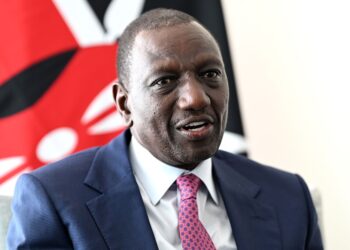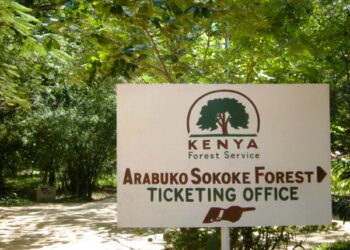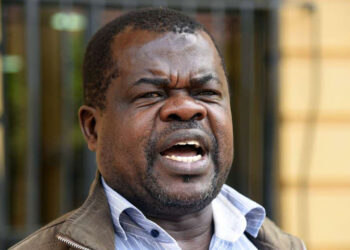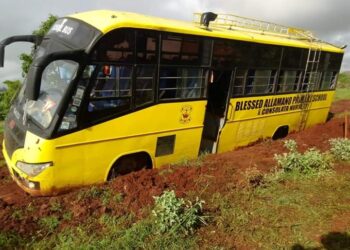Kenya’s government plans to bring in private investors to manage public forests through PPPs in a bid to save Sh2.7 billion from tree planting costs.
As Kenya battles deforestation and climate woes, a timely question arises: will Kenya’s forest PPPs save Sh2.7B on tree planting? Announced on September 30, 2025, the government’s bold push, via the Forest Conservation and Management (Concessions on Public Forests) Regulations, invites private investors to manage public forests through public-private partnerships (PPPs), aiming to slash Sh2.7 billion in annual tree planting costs while fuelling the ambitious 15-billion tree campaign by 2032.
Under the Kenya Forest Service (KFS), these concessions will hand over degraded public lands for commercial plantations, blending profit motives with eco-restoration. For communities in Aberdare or Mau forests where cover has dipped below 8%, this could mean jobs, biodiversity boosts, and fiscal relief; yet sceptics wonder if privatisation risks greenwashing over genuine conservation.
Will Kenya’s forest PPPs save Sh2.7B on tree planting without selling out the savanna? The blueprint stems from fiscal pressures amid Kenya’s green agenda. President Ruto’s 2022 pledge to hit 30% tree cover, up from 12%, demands Sh500 billion over a decade, but budgets lag, with only Sh4 billion allocated by mid-2025, per Controller of Budget reports.
Tree planting alone guzzles Sh218 billion in the KFS’s 2023-2027 plan, covering seedlings, labour, and maintenance that often fail without follow-through. Enter PPPs: Private firms bid for 21-30 year leases on underutilised public forests, planting fast-growing species like eucalyptus or indigenous acacias on sites like the Mt Kenya reserves.
In return, investors harvest sustainably, sharing revenues projected at Sh2.7 billion yearly from timber sales and carbon credits, while KFS pockets royalties and oversight fees.
But the big question is, ‘Will Kenya’s forest PPPs save Sh2.7B on tree planting?’ Highlight the maths: By shifting costs to corporations, public funds could be freed up for enforcement activities, such as anti-logging patrols that successfully reduced illegal felling after the 2016 moratorium.
Success stories abroad inspire confidence. In Ethiopia’s Kafa Biosphere, PPPs with coffee giants restored 10,000 hectares, blending agroforestry profits with habitat revival. Closer home, Kenya’s 2019 KFS earnings of Sh2.7 billion from plantations, minus just Sh124 million in upkeep, prove the model: low-input, high-yield.
Environment CS Soipan Tuya envisions 1 million hectares concessioned by 2030, targeting hotspots like Cherangany Hills, where degradation costs Sh534 billion annually in lost ecosystem services.
Private players, from timber tycoons to green funds like Norfund, eye opportunities in value chains, furniture exports, eco-tourism lodges, and even bamboo biofuels, while communities gain 10% revenue shares for monitoring roles.
This is a shift from a “plant and pray” approach to a “grow and gain” strategy, in line with the 5.1 million hectare goal set by the African Landscape Restoration Initiative. Yet, pitfalls loom in this green gamble.
Critics, including the Kenya Biodiversity Coalition, fear “fortress conservation”, where elites fence off ancestral grazing lands, displacing Maasai herders in Laikipia or Ogiek in Mau.
If you’re wondering if Kenya’s forest PPPs will save Sh2.7B on tree planting, the answer depends on equity: can these deals empower smallholders through outgrower schemes or exacerbate rural-urban divides?
Implementation kicks off with KFS tenders in Q1, 2026, prioritising 50,000 hectares of pilots in coastal Arabuko-Sokoke. Training hubs in Nyeri will skill youth in sustainable harvesting, tapping Kenya’s 800,000 annual jobless entrants.
Globally, the proposal nods to COP29 pledges, positioning Kenya as an African green investment hub, potentially unlocking $1 billion in climate finance. But transparency is key: public dashboards tracking concession bids, biodiversity metrics, and savings realization could build buy-in.















